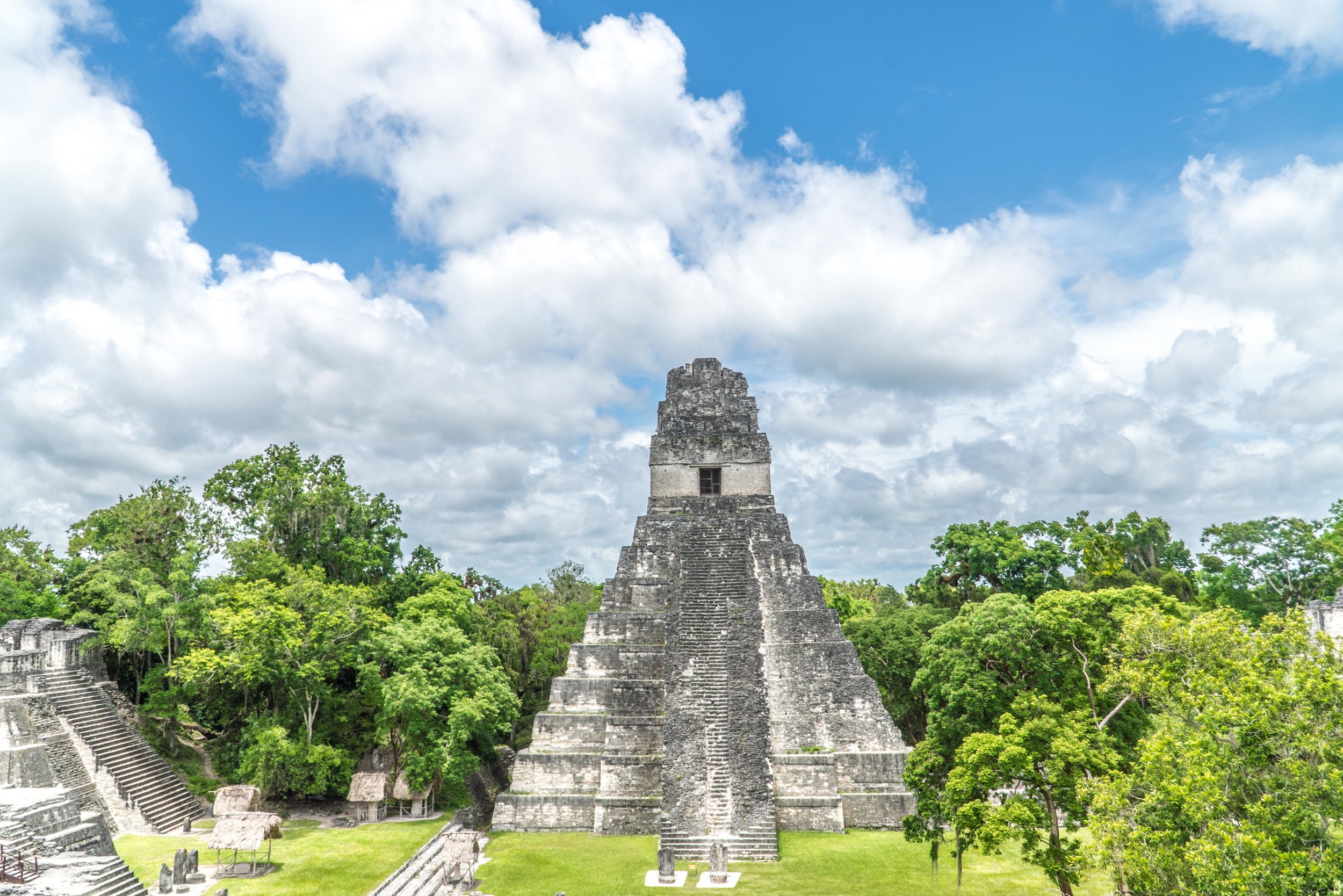Nevada Loneliest Road in America Road Trip
Alright, alright, so perhaps you’re asking yourself, “If the Loneliest Road in America is really that lonely, why would a road trip, and especially a road trip itinerary be necessary?” Uh, hello adventure. Doesn’t the "Loneliest Road in America" sound like something that’s reserved for places like Middle Earth? Well that’s the kind of adventure I want to go on!
The fact is that there’s more than meets the eye on the Loneliest Road in America, Highway 50 across Central Nevada, which is celebrating its 30 year, since it was called such by LIFE Magazine. It’s home to castles (yes, for real), mountains made of sand, literal and figurative oases, a national park, and places where time has literally stood still, unchanged for decades.
So let’s take a Loneliest Road in America road trip.
Loneliest Road in America Road Trip Itinerary
Highway 50 is one of the trippiest roads to me in all of America. I’ve driven on parts of it, through passes near Lake Tahoe, where I was driving through blizzards at 20 mph, while mere miles east, I could be driving past mountains made out of sand, where the occasional tumbleweed was the only sign of life. Traditionally, however, the “Loneliest Road in America” part of Highway 50 begins in Carson City. But Carson City has a population of more than 50,000 people, which isn’t exactly lonely. So we’ll instead start 60 miles east in Fallon, Nevada.
Fallon
Fallon, Nevada is dubbed the “Oasis of Nevada,” and that couldn’t be any more appropriate, considering our first stop was just outside of town at Frey Ranch Estate Distillery, Nevada’s first estate distillery. First and foremost, Frey Ranch, as an estate distillery, is a diamond in a rough, since everything that goes into their spirits, they farm themselves (Nevada isn’t just desert). Furthermore, it has history that not just any brewery or distillery has, since the owner, Colby Frey, is a fifth-generation Nevadan farmer. You’d probably have better chances of finding a needle in a haystack than finding a place like this.
And their spirits are doing pretty well for themselves, too, with the gin winning double gold at the 2016 San Francisco World Spirits Competition and the vodka winning gold at the 2016 Tastings Spirits Review and 2016 Micro Liquor Spirit Awards. Meanwhile, it’ll be at least a couple years until their portfolio of whiskies have finished aging.
Interestingly enough, Fallon is also home to one of the most important wetland systems in America, Stillwater National Wildlife Refuge, internationally recognized for the birding opportunities, especially for a wide-variety of shorebirds.
Sand Mountain
Continuing down Highway 50 to the east, it’s not long until you start coming upon a mountain of sand, appropriately-named Sand Mountain, rising above the Loneliest Road in America. Standing at several hundred feet tall and two miles long, it’s a natural phenomenon, which is considered to be the result of interbasin sand transported by wind many years ago. Today it’s largely frequented by those riding ATVs up and down the mountain, and the occasional sandboarder. The base of Sand Mountain is also home to a Pony Express Station that dates back to 1860.
Austin
From Sand Mountain Recreation Area, the drive 90 miles east to Austin is awfully lonely. Just about the most notable point of interest is a tree, seriously, called the Shoe Tree of Middlegate. Now if that’s not something straight out of Middle Earth, then I don’t know what is. The tree is just as it sounds, a tree adorned with pairs of shoes that have been thrown up into it. Weird, right? Well the story gets better.
The tree, which you can’t miss off Highway 50, is actually the sister tree of the original, which was cut down several years ago by vandals. The story goes that years ago, a newlywed was camping under it when they got into an argument, and the man tied together his wife’s shoes and threw them up into the tree so that if she wanted to leave, she’d have to do so barefoot. After a couple beers and the urging of the local bartender at Middlegate Station, the man returned to the tree, where he found his wife where he’d left her, and they reunited, but only after his wife insisted that he hurl his shoes into the tree, according to the L.A. Times. In the three decades since, people have been throwing their shoes into the two trees.
In nearby Austin, the slogan is, “So much to do.” You’ll probably find the humor in that when you learn that the town has a population of less than 200 people. Yet it's here that you start finding some of the charm that makes Nevada’s Loneliest Road in America one of the most unique road trip routes in America. This includes places like Stokes Castle, a three-story stone tower that sits perched above Austin, and the International, a local bar which uses parts of the original International from Virginia City, which was built in the mid- to late-1800s, and at the time, was the largest hotel in Nevada.
Eureka
That nostalgic charm continued in nearby Eureka, located 70 miles east of Austin. Front and center in Eureka is the Eureka Opera House, which was first built in 1880, and continues to this day as one of the only operating opera houses in Nevada. During Eureka’s heyday of the late 1800s, the Eureka Opera House played host to plays, masquerade balls, dances, operas, and concerts. Today it’s often used as a meeting and retreat center. Nonetheless, Eureka's architecture was a perfect representation of how I picture the "Old West." I was just waiting for John Wayne to ride through the middle of town on a stallion.
Ely
From Eureka it was 77 miles to Ely, which was the largest town we spent time in along Nevada’s Loneliest Road, and where we actually stayed a couple nights, at the historic Hotel Nevada, dating back to 1929. Ely is unique in that it’s a good base for visiting a number of the nearby state and national parks, including Great Basin National Park, Cave Lake State Park, and Ward Charcoal Ovens State Historic Park.
However, I was most intrigued by the Nevada Northern Railway Museum, which was worth a visit for how picturesque it is alone. What was most fascinating was its history, and more specifically, how time has stood still here for three decades. In 1983, its employees were laid off, due to declining mine operations in the area, after being in service since 1905. Employees left the offices, trains, and equipment as if they would be back the following couple weeks or following month, as often was the case.
But they never did. As such, the depot and railroad yard is one of the most preserved railroad yards in America, looking just as it did more than 30 years ago. Today it operates as a museum and features 90-minute locomotive train rides on weekends.
McGill
Just 10 miles north of Ely, on Highway 93, is McGill, where it also seems as if time has stood still since the early 1980s. It’s here that we walked up to McGill Historical Drug Store Museum, which our group of other photographers and writers were surprised to find photos and bios of ourselves plastered on the window, welcoming us to town.
We were met by Daniel Braddock, who operates it, and who was one of the most colorful characters I met on the trip. The drugstore closed in 1979, but looking around the shelves, you’d think that nothing has changed in the three and a half decades since. Shelves behind the counter include developed film that was never picked up, while prescription records are still in their original place, with products on the shelves that date back decades, some of which as far back as 1950. I felt like I was Marty McFly in a scene from Back to the Future.
Across the street from McGill Historical Drug Store was McGill Club, which featured much of the same nostalgia as the drug store. Paraphilia from the last century lined the walls of the bar (opened in 1907), though the difference being that it was still in operation, with locals bellied up to the bar.
Great Basin National Park
Last, but not least, the last leg down the Loneliest Road in America took us to Great Basin National Park, located 70 miles east of Ely, just before you hit the Utah border. Great Basin often gets overlooked compared to some of the West Coast’s many other great national parks, yet that works to its advantage, as you don’t have the crowds of many national parks. It is off the Loneliest Road in America after all. Some of its features include the second-tallest peak in Nevada, Wheeler Peak (13,065 feet), one of the oldest living things in the world, bristlecone pines, and Lehman Caves.
What's your favorite road trip you've taken?



















